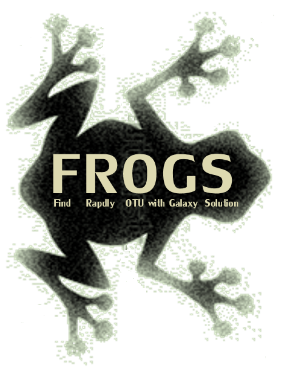
What it does
This tool identifies (and optionnaly extract) the highly variable ITS1 and ITS2 subregions from ITS sequences.
Context
The ITSx software identifies and extracts only ITS regions. It excludes the highly conserved neighbouring sequences SSU, 5.8S and LSU rRNA. These sequences can lead to misleading results if they are conserved. If the targeted ITS region (ITS1 or ITS2) is not detected, the observation is discarded.
You can choose to only check if the sequence is detected as an ITS. The sequence is not trimmed, only sequences not detected as ITS are discarded (contaminants by example).
ITSx is a time consuming tool. Please selecte pertinent organism groups for your study.
Inputs/Outputs
Inputs
Sequence file:
The sequences (format FASTA).
Abundance file:
The abundance of each cluster in each sample (format BIOM).
Outputs
Sequence file (itsx.fasta):
The original sequence file with identified highly variable ITS, or with only ITS1 or ITS2 part if you choose to remove conserved SSU, 5.8S and LSU parts (format FASTA).
Abundance file (itsx.biom):
The abundance file with only ITS sequences (format BIOM).
Discarded file (out_removed.fasta)
The sequence file with discarded sequences.
Report file (report.html):
This file presents the summary of process (format HTML).
How it works ?
| Steps | Description |
|---|---|
| 1 | Predicts positions of the ribosomal genes in the sequences (ITSx). |
| 2 | Removes the sequences without prediction of the targeted ITS region (ITS1 or ITS2). |
| 3 | (optional) trims conserved region. |
Contact
Contacts: frogs-support@inrae.fr
Repositories: https://github.com/geraldinepascal/FROGS, https://github.com/geraldinepascal/FROGS-wrappers
Website: http://frogs.toulouse.inrae.fr/
Depending on which kind of amplicon you are working on, please cite one of the two FROGS publications: